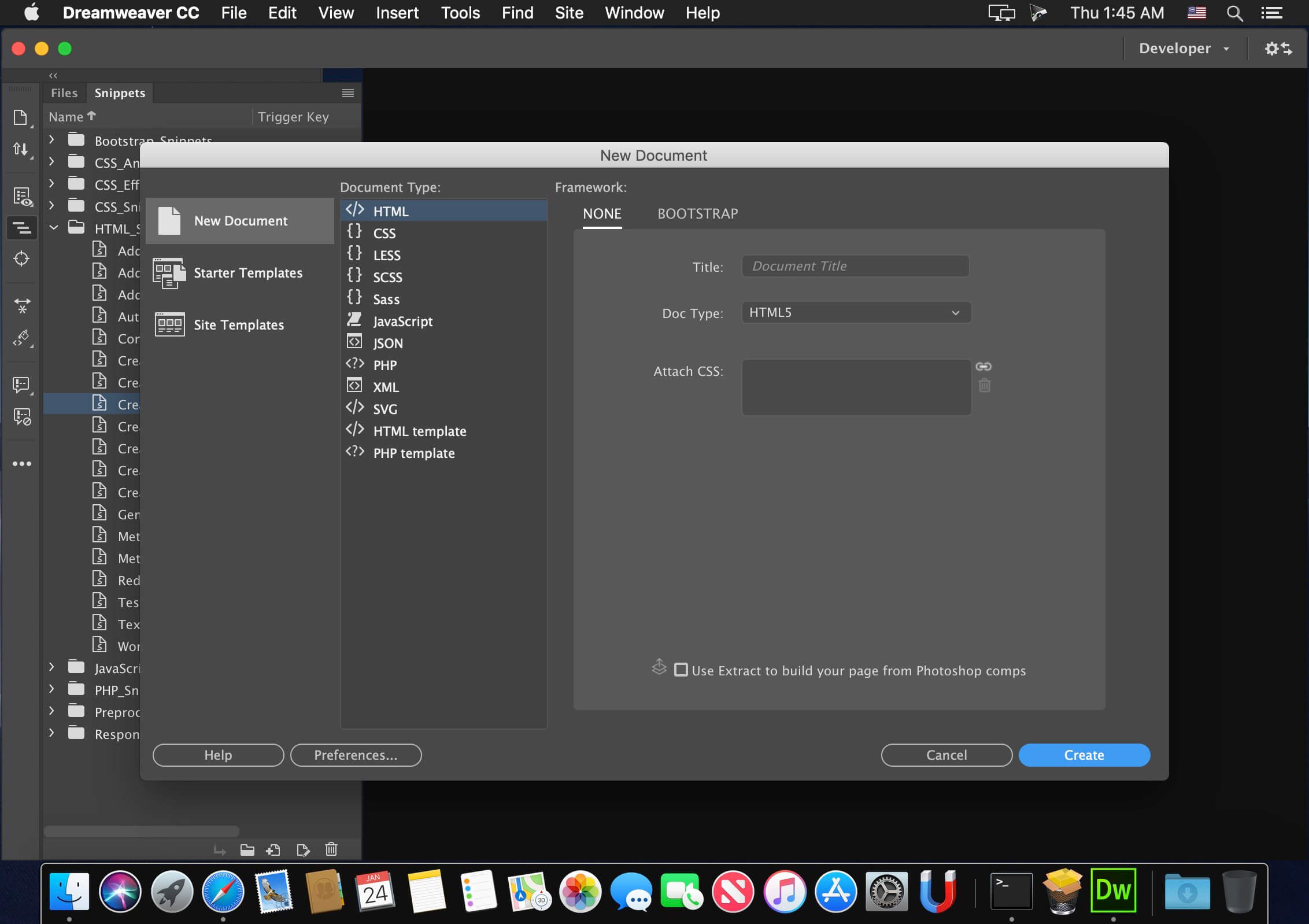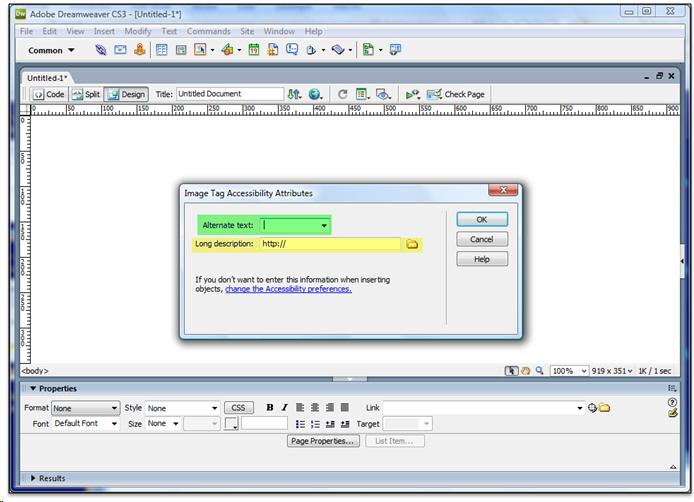

- #TEXT ON IMAGE DREAMWEAVER FULL#
- #TEXT ON IMAGE DREAMWEAVER CODE#
- #TEXT ON IMAGE DREAMWEAVER DOWNLOAD#
Now that HTML5 is the standard, this obsolete tag will likely not render in any modern browsers. However, this element was deprecated in HTML4. So centering an image would require a single line of HTML that looked something like this: This was a block-level element that would automatically center any block or inline elements it contained.

Once upon a time, there was an HTML element.
#TEXT ON IMAGE DREAMWEAVER CODE#
In other words, where would you add the “centering” code for your image? Right within the tag? Or would you have to go straight to your website’s CSS code? Let’s take a look. Understanding HTML and CSS When Centering an Imageīefore we discuss the different ways to center an image, it’s important to clarify what “in HTML” actually means.
#TEXT ON IMAGE DREAMWEAVER DOWNLOAD#
Want to learn more about HTML? Download our free guide for best practices for getting started with HTML. Learn More: The Beginner's Guide to HTML & CSS But first, let’s cover some of the basics of HTML and CSS. This process will work whether you’re building your site from scratch or using a framework like Bootstrap CSS. Like the inline button above, you’ll need special code to place it in the center of the page.īelow, we’ll walk through the process for centering an image or any inline element in HTML and CSS. That’s because images are inline elements and go with the flow of the page. However, you cannot use these methods when centering images. For instance, when you center a div (which is a block element), you might use margin and padding or other methods. Tldr Block and inline elements require different methods for aligning them to the center. The inline button would need special code to be aligned to the center, while the block button would simply need some adjustments in width or padding. Here’s an example to help visualize these differences.īelow you’ll see a Bootstrap button styled as an inline element and a block element. Of course, the width and style of these elements varies depending on the CSS code for that HTML tag. Inline elements, on the other hand, occupy the space allotted by their HTML tags, allowing them to go with the “flow” of the page as opposed to interrupting it.
#TEXT ON IMAGE DREAMWEAVER FULL#
Block Elementsīlock elements work by breaking the flow of a page, whereas inline elements work by going with the flow.īlock elements start on a new line and take up the full width of the viewport (or the width of the page).

There are a few differences between these element types, but the major difference is how they affect the flow of a page. The centering process isn’t difficult, but it varies depending on whether the elements are inline or block. Centering elements, particularly large elements like images, can help make your design look ordered and visually pleasing. There are several ways to create symmetry in a website, and the one we’ll be discussing in this article is balance.Īchieving balance in your website relies largely on the alignment of elements on a page. Symmetry doesn’t mean things have to be identical on either side of an axis. This preference is so strong that it’s actually hardwired in our nervous system and has been for thousands of years. Understanding HTML and CSS When Centering an Imageįirst, why should you center images - or any other element - in the first place? Human beings crave symmetry on and offline.By the end, you’ll be able to center images with your eyes closed. In this article, we’ll cover everything you need to know about centering images (or any inline elements) and walk you through several beginner-friendly tutorials.

The problem: If you don’t have any coding experience, aligning any element with HTML code can seem like a tough task.


 0 kommentar(er)
0 kommentar(er)
